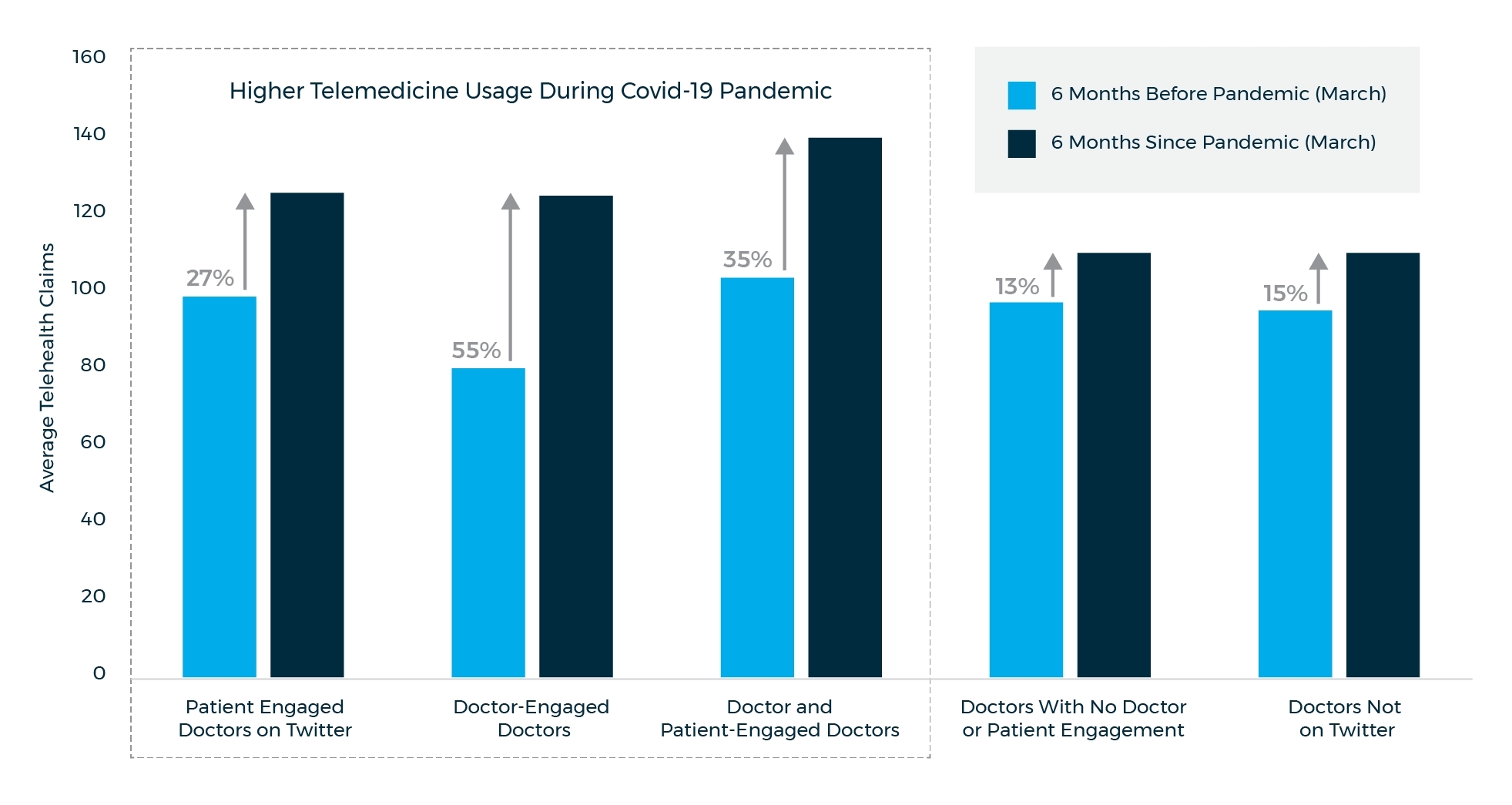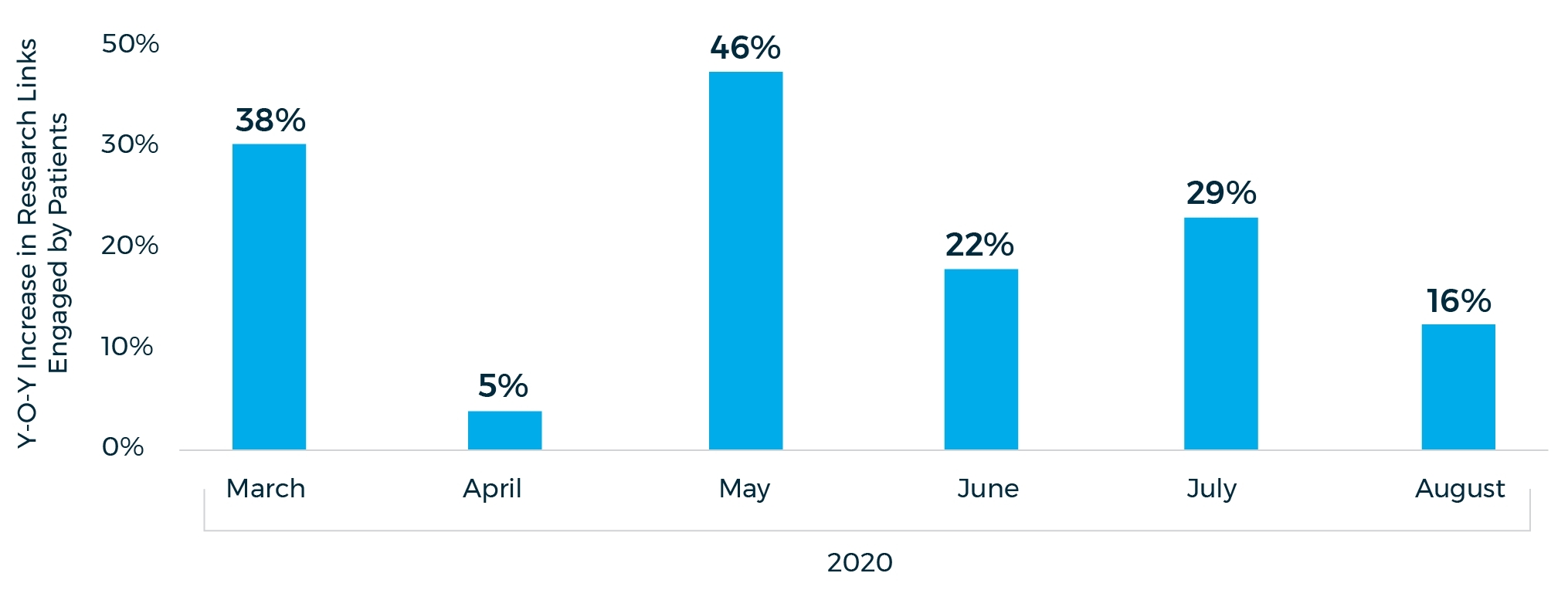Patient Engagement with Physicians on Twitter Doubles During Pandemic
W2O Uncovers Link Between Doctors Providing Telehealth Services and Their Twitter Presence
Patient-physician engagement using Twitter has nearly doubled since the start of the pandemic and doctors are increasingly engaging with patients on a wide range of topics, including impact of COVID-19 on regular care, racial inequalities in health care, and the safety and efficacy of vaccines. These key conclusions as well as other pivotal trends are part of a new report by W2O, the leading independent provider of analytics-driven, technology-enabled marketing and communications solutions to the healthcare sector.

“This new report demonstrates that social media is an integral part of how medical information is shared between healthcare professionals and consumers and is an essential part of the health data ecosystem.”
Even with offices closed, the doctor was always in thanks to Twitter. W2O detected a stunning 93% increase in patient engagement with physician content on the platform since the pandemic began in March 2020. The initial increase was driven almost exclusively by COVID-19-related topics, but evolved to a broader range of health-related topics. Looking deeper at these more digitally savvy doctors, research found that doctors who engaged with patients and other doctors on Twitter had the highest number of telehealth claims in the first six months after the pandemic began, with increases ranging from 27% to 55%. These results show that many of the physicians who are successful at leveraging Twitter as a communications platform are the same ones who have successfully adopted digital technologies to provide care to patients despite the disruptions of COVID-19.
Recommended AI News: Unity and Snap Inc. Partner to Extend Ad and Tech Reach

“COVID-19 has accelerated the unstoppable train that is people adopting technology to understand, manage and improve their health,” said Seth Duncan, W2O’s Chief Data Officer. “This new report demonstrates that social media is an integral part of how medical information is shared between healthcare professionals and consumers and is an essential part of the health data ecosystem.”
Recommended AI News: Daily AI Roundup: The 5 Coolest Things On Earth Today
The research was conducted using Symplur, a W2O technology platform. Using Symplur’s proprietary data taxonomy and Symplur Signals, the first social listening product designed exclusively for healthcare, W2O explored how the pandemic has impacted physicians’ connections with patients and their peers on Twitter, and the resulting healthcare delivery changes. W2O chose to look at online conversation on Twitter exclusively as it is one of the best representations of the intersection of relevant conversation among patients, caretakers, healthcare professionals (HCPs) and public health officials.
“Twitter has always been the go-to platform for HCPs who want to share information quickly and effectively,” said Lisa Bookwalter, Twitter’s Director, Health Client Solutions. “However, the realities of COVID have accelerated this trend in ways we could not have imagined. Twitter is now an integral part of how HCPs are able to conduct business, share research, communicate with patients, or access the latest public health information from across the globe. This opens up a new channel to engage with this hard-to-reach audience.”
According to W2O’s research, the sharing of medical information by doctors increased by 26% year-over-year, resulting in greater access for consumers to scientific information. The research suggests an emerging tide of physicians who are connecting patients directly with medical literature, often in a way that explains or contextualizes that literature. This trend has important implications for the future of healthcare.
Recommended AI News: Scalefusion Announces Partnership with Dazzle Technologies
